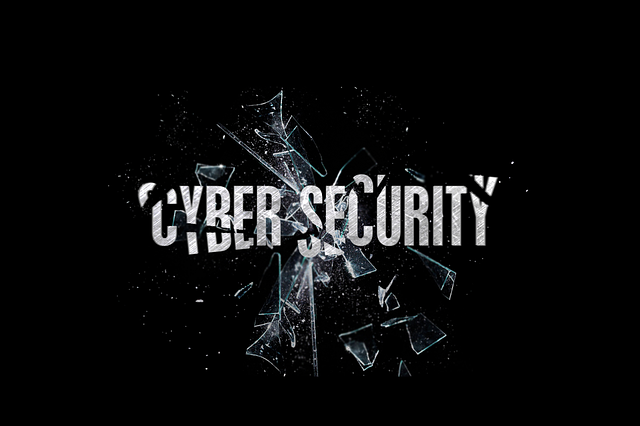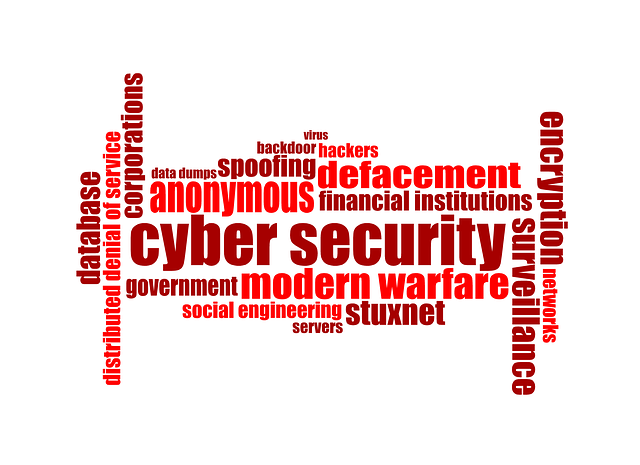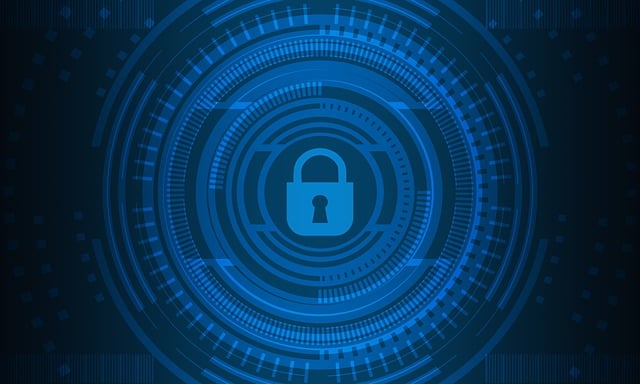In the dynamic landscape of the tech industry, hiring top talent is paramount. However, verifying educational qualifications and professional backgrounds becomes increasingly complex. This article explores the crucial aspect of background checks in the tech sector, focusing on IT background verification and tech employee screening. We delve into key components, emphasize data security and cybersecurity considerations, and discuss best practices for compliance and effective tech recruitment. Understanding these elements is essential to build a secure and competent workforce.
- Understanding the Need for Comprehensive Background Checks in the Tech Sector
- Key Components of IT Background Verification: A Deep Dive
- Data Security and Cybersecurity: Ensuring Ethical Hiring Practices
- Compliance and Best Practices for Effective Tech Employee Screening
Understanding the Need for Comprehensive Background Checks in the Tech Sector

In the dynamic and ever-evolving landscape of the tech industry, where innovation meets data-driven decision-making, ensuring the integrity and security of information systems is paramount. This is why background checks in the tech sector have become an indispensable tool for organizations seeking to mitigate risks associated with hiring and onboarding new professionals. As cyber threats continue to grow in complexity and sophistication, IT background verification processes like data security checks and tech credentials verification are crucial to safeguard sensitive company information from potential insider or external breaches.
The tech industry’s reliance on sophisticated software, cloud computing, and vast databases of customer and business information makes it a prime target for cybercriminals. Therefore, cybersecurity background checks are essential components of tech employee screening procedures, ensuring that only individuals with robust digital ethics and security-conscious practices enter the professional sphere. Moreover, adherence to industry regulations and standards, such as data privacy laws and cybersecurity protocols, is facilitated by thorough background verification, enhancing not just individual employability but also the collective resilience of the tech sector against cyber threats.
Key Components of IT Background Verification: A Deep Dive

In the dynamic and ever-evolving landscape of technology, ensuring the integrity and security of your IT workforce is paramount. IT background verification goes beyond surface-level resumes; it’s a multifaceted process that scrutinizes an applicant’s educational qualifications, technical skills, and potential security risks. This involves a deep dive into their academic records, certifications, and professional history to establish authenticity and identify any red flags. Key components include thorough data security checks, verifying tech credentials, and conducting cybersecurity background checks to mitigate the risk of insider threats and data breaches.
Effective tech employee screening requires a comprehensive approach that aligns with industry standards and regulatory compliance. This means leveraging advanced verification methods, cross-referencing information from multiple sources, and staying updated on emerging trends and best practices in the field. By integrating these rigorous checks into your recruitment process, tech organizations can foster an environment of trust, ensure data protection, and build a robust team capable of navigating the complex cybersecurity landscape.
Data Security and Cybersecurity: Ensuring Ethical Hiring Practices

In the tech industry, where data security and cybersecurity are paramount, rigorous background checks for IT professionals are essential to prevent potential risks. As companies handle vast amounts of sensitive information, ensuring the ethical hiring practices of their tech employees is crucial for maintaining compliance with regulations like GDPR, CCPA, and PCI-DSS. Comprehensive background verification goes beyond traditional reference checks to include in-depth data security checks, examining both technical skills and ethical conduct. This process helps identify any red flags related to previous employment, unauthorized access attempts, or unethical behavior that could pose a threat to the organization’s digital assets and client data.
Tech employee screening involves meticulous review of credentials and qualifications to confirm the authenticity of provided information. This includes verifying degrees, certifications, and specialized training in cybersecurity. By implementing robust IT background verification procedures, tech companies can mitigate risks associated with insider threats, data breaches, and identity fraud. Such practices foster a culture of transparency and accountability, ensuring that only trustworthy professionals gain access to sensitive systems and data, thereby safeguarding the integrity of the organization’s digital landscape.
Compliance and Best Practices for Effective Tech Employee Screening

In the dynamic and often highly specialized tech industry, ensuring robust compliance during employee screening is paramount. Effective tech employee screening goes beyond basic skill assessments to incorporate comprehensive background checks that verify IT background, data security practices, and tech credentials. This includes thorough cybersecurity background checks to mitigate risks associated with sensitive information handling. Companies must adhere to relevant laws and regulations, such as GDPR or industry-specific standards, when conducting these verifications.
Best practices for tech employee screening involve integrating advanced verification methods like digital identity authentication and cross-referencing multiple data sources. This multifaceted approach ensures the integrity of tech professionals’ credentials, enhancing data security checks. Regular updates on screening protocols are crucial to keep pace with evolving cybersecurity threats and industry trends, thereby fostering a culture of continuous compliance within tech organizations.






